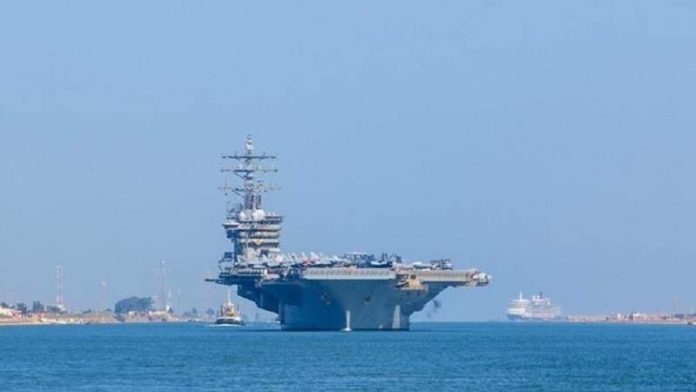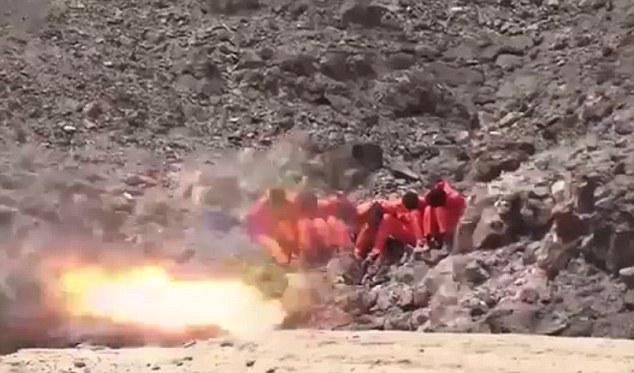Commanders and officers of the American aircraft carrier Eisenhower admitted that the carrier faced unprecedented, direct, and continuous threats in the Red Sea. They reported attacks by dozens of Yemeni drones, noting that every aspect of their mission against the Yemeni Armed Forces was unfamiliar and unparalleled.
The US Naval Institute News published a report on the return of the Eisenhower from the Red Sea, documenting testimonies from its commanders and officers. Commander Chadah Hill described the deployment as “unprecedented,” marking the first time an American carrier faced a sustained direct threat since World War II.
Admiral Kavon Hakimzadeh, commander of the 2nd Strike Group, stated: “We were operating in a maritime area within the range of Houthi weapons for seven months.” He highlighted using the strike group’s combat capabilities to the fullest and dealing with intense conditions, a first since World War II.
Hakimzadeh acknowledged that the Yemeni Armed Forces controlled the battle, stating: “The enemy decided when to open fire, so we had to remain vigilant every day.”
Throughout the nine-month deployment, Eisenhower’s leadership emphasized the unprecedented nature of the mission. Lieutenant Ted Bludger, commander of the second destroyer squadron, called it the longest and most dynamic deployment.
The report noted that comparisons to World War II stemmed from the persistent threat from the “Houthis,” as previous Middle East deployments involved ground combat. Captain Martin Scott, the Third Air Wing commander, described the deployment as the most dynamic, working close to forces capable of striking the carrier.
On March 9th, Eisenhower engaged with at least 28 unmanned aerial vehicles in the Red Sea and Gulf of Aden from 4 AM to 8:20 AM, involving several warships. Scott claimed dozens of drones targeted the carrier that day, but they fell into the water.




















